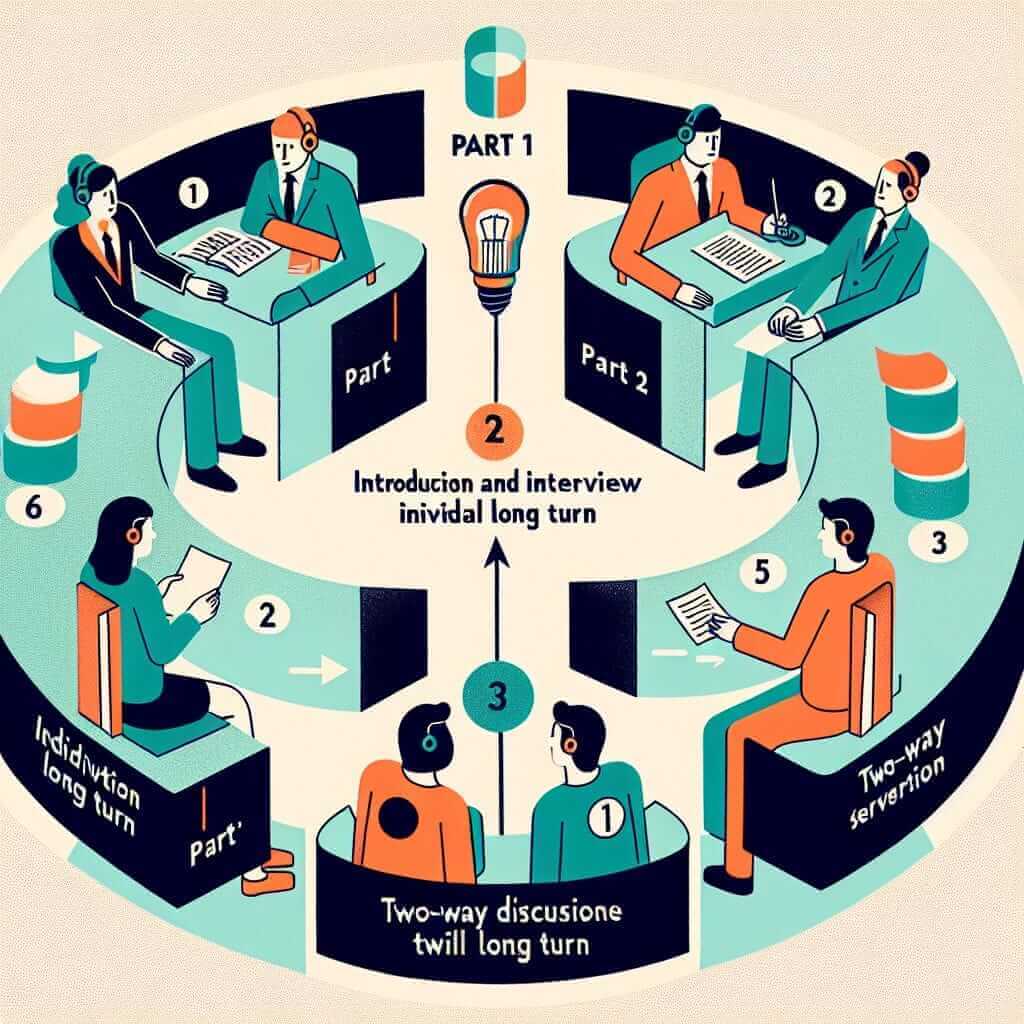The IELTS Speaking test is often a source of anxiety for test-takers, especially when time is of the essence. While achieving a dramatic improvement in just one week might seem daunting, it’s certainly possible to make significant strides with a focused approach. This guide, inspired by the expert advice of Simon, a renowned IELTS instructor, will provide you with practical strategies and tips to boost your speaking confidence and performance within a week.
Understanding Simon’s Approach to IELTS Speaking
Simon’s methodology emphasizes natural communication, fluency, and accurate language use over memorized responses. He advocates for:
1. Building a Strong Foundation
Vocabulary: Focus on expanding your vocabulary related to common IELTS topics like education, work, technology, and the environment.
Grammar: Brush up on essential grammar rules, paying close attention to tenses, articles, and subject-verb agreement.
Pronunciation: Work on clear articulation, word stress, and intonation patterns.
2. Practicing Effectively
Record yourself: Regularly record yourself answering sample IELTS Speaking questions. This helps identify areas for improvement and track progress.
Mock tests: Simulate exam conditions by taking timed mock tests with a tutor or language partner.
Think in English: Make a conscious effort to think in English as much as possible to enhance fluency.
Practical Tips to Improve IELTS Speaking in a Week
1. Master the Structure
Familiarize yourself with the three parts of the IELTS Speaking test:
- Part 1: Introduction and Interview – Prepare answers for common questions about yourself, your hobbies, and familiar topics.
- Part 2: Individual Long Turn – Practice structuring your talk around the given cue card, using cohesive language and relevant vocabulary.
- Part 3: Two-way Discussion – Engage in discussions by expressing your opinions, providing reasons, and using a range of grammatical structures.
2. Expand Your Lexical Resource
- Learn topic-specific vocabulary: Create flashcards or use apps like Quizlet to memorize new words and collocations.
- Utilize synonyms and paraphrasing: Avoid repeating the same words by practicing different ways to express the same idea.
- Use idioms and phrasal verbs appropriately: Incorporate natural expressions to enhance fluency and demonstrate language proficiency.
3. Focus on Fluency and Coherence
- Speak at a natural pace: Don’t rush your answers; focus on speaking clearly and confidently.
- Use discourse markers: Incorporate words like “however,” “moreover,” and “in conclusion” to connect ideas and improve the flow of your speech.
- Elaborate on your answers: Provide details, examples, and personal experiences to support your points.

Example: Applying Simon’s Method to an IELTS Speaking Question
Topic: Describe a time you had to use your imagination.
Simon’s Approach:
- Brainstorm vocabulary: Think of words related to imagination, creativity, problem-solving, and storytelling.
- Structure your response: Use a clear beginning, middle, and end. Describe the situation, the challenges you faced, how you used your imagination, and the outcome.
- Practice with a partner: Engage in a mock interview, asking and answering follow-up questions related to the topic.
Conclusion
While a week may not be enough to achieve fluency, it’s certainly enough time to make a noticeable difference in your IELTS Speaking performance. By following Simon’s practical advice, focusing on key areas like vocabulary, grammar, and fluency, and practicing consistently, you can boost your confidence and improve your chances of achieving your desired score. Remember, the key is to stay focused, practice regularly, and approach the test with a positive mindset. Good luck!